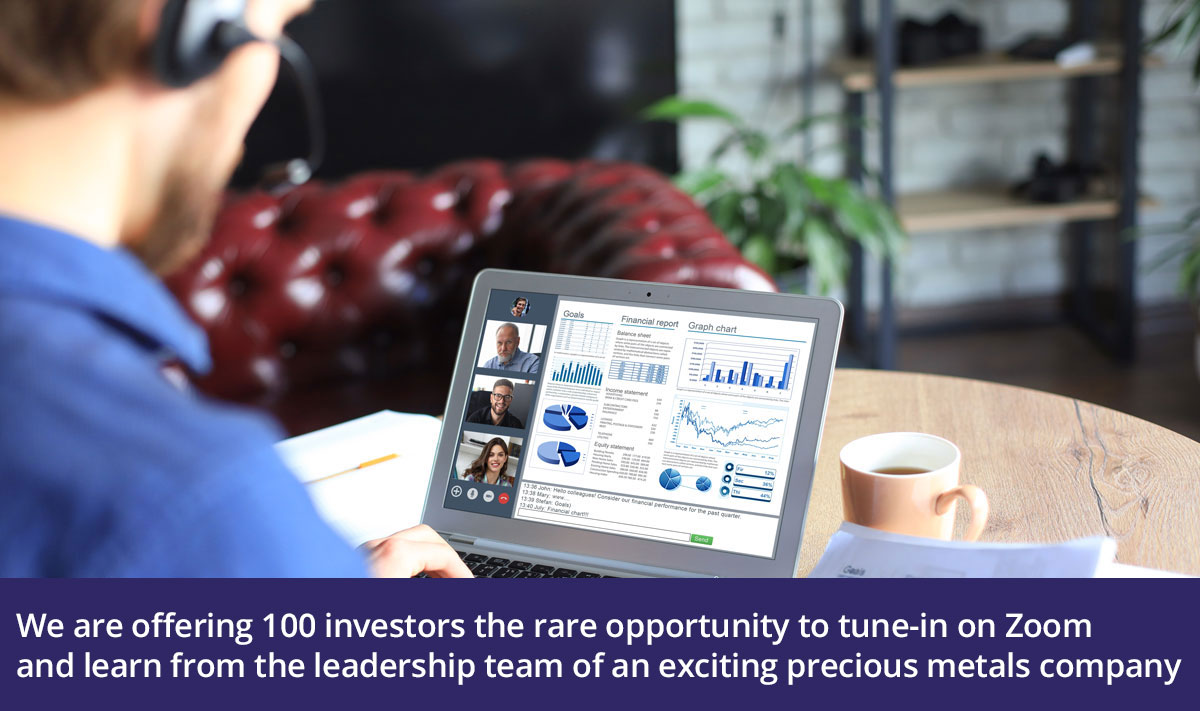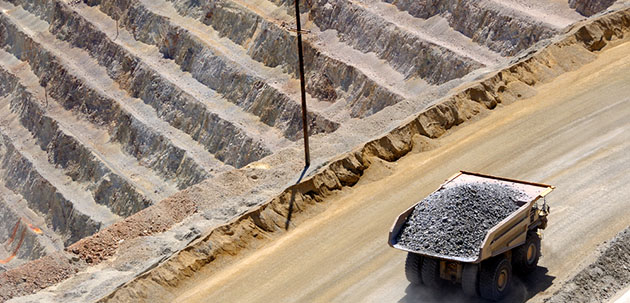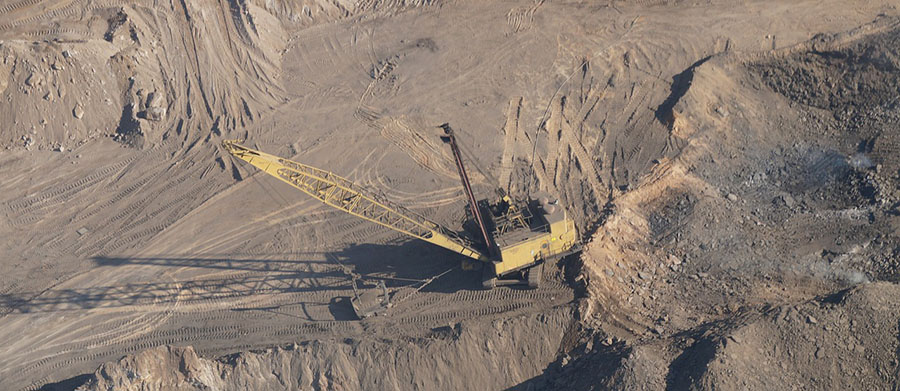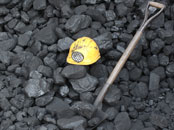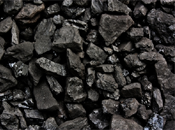Jerome Hass: Canadian hedge funds tend to be high-risk/high-return strategies primarily focused in the resource space. We focus on risk-adjusted returns, as opposed to trying to hit homeruns with individual stocks. As a consequence, we concentrate on the mid-cap space. That's our investment sweet spot, rather than the small- or micro-cap names. And we have the in-house research capability to explore names that are not well covered by the street.
TER: What energy resources best fit your investment strategy?
JH: Generally, we favor the bulk commodity producers. That's not limited to metallurgical coal or thermal coal; we also look at iron ore, potash and any other bulk commodities. We like bulk products because of the industry structure. For example, with base metals, everyone is a price taker; no single buyer has much price influence. With bulk commodities, major players and global oligopolies have price influence.
TER: How does metallurgical or "met" coal fit into this desirable bulk category?
JH: Met coal is an integral requirement for all steel mills that use blast furnaces. It is baked to form coke, which fuels the blast furnaces. Arc steel mills use recycled steel as fuel, but there's really no substitute for met coal in the global space. Most met coal is open-pit mined; moving it is all about logistics as the cost of shipping is a major factor.
"Junior players in the metallurgical coal mining space are a relatively new development. They give more torque to the industry." –Jerome Hass
TER: Is the met coal space dominated by established energy companies, or is there room for junior mining firms in that?
JH: Met coal mining has been dominated by major producers and integrated steel producers, including BHP Billiton Ltd. (BHP:NYSE; BHPLF:OTCPK), Rio Tinto (RIO:NYSE; RIO:ASX), Xstrata Plc (XTA:LSE) and Kumba Iron Ore Ltd. (KUMBA:JSE) in Africa. We focus on coal that is not vertically integrated, which is internationally exported or traded.
Junior players in this space are a relatively new development. They give more torque to the industry. Juniors have much lower valuations and much higher growth profiles. There are some junior met coal pure plays; in fact, there are very few listed large-cap met coal plays globally. The one exception to that is Walter Energy Inc. (WLT:NYSE), which is listed in the U.S. and in Canada.
TER: How is international supply and demand for met coal playing out?
JH: The story is China. Over the last 15 years, growth in met coal has been a function of China's demand, which relates to China's growing importance, or dominance, even, in the global steelmaking industry. Seaborne met coal and iron ore were most in demand. Largely because of geographical proximity, Australia has been China's major coal supplier. This has resulted in a displacement of supply for Europe that Canadian producers can replace. India is also increasingly aggressive in the steel space. Its demand for met coal and iron ore continues to increase.
TER: Is there a danger of an oversupply of met coal? If so, how would that affect market prices?
Jimmy Chu: I don't think there's a danger of oversupply. Supplies have, at times, been constrained by weather and labor issues out of Australia, and we've noticed that some customers are asking companies for an advance on shipments. As for demand, China is producing steel at an annual run rate much higher than what the market anticipated a month ago. In the intermediate term, we don't see an oversupply in met coal, and the demand side looks good. In the longer term, it comes down to the big players, China and India. But we feel very bullish on long-term demand for met coal.
JH: One reason we like the bulk commodities relates to industry discipline. Large players with pricing influence can effectively manage the supply of met coal to a degree that's not possible in base metals or in gold. The majors have proven to be rational competitors and players in the marketplace.
Let's look at Potash Corp. (POT:TSX; POT:NYSE), which has long exhibited price leadership in the industry. It has announced production cuts in order to manage price. With a 100-year reserve life, it is the Saudi Arabia of potash. If it wanted to restrict supply, it could push that price up, as it did in 2008, but it has generally been a very rational market player.
Other players that have followed suit with Potash Corp. are The Mosaic Company (MOS:NYSE) and Agrium Inc. (AGU:NYSE; AGU:TSX). One of the reasons that potash is attractive is that there is effective supply management. We think the same industry conditions exist in iron ore and met coal.
TER: What about met coal operations in Canada? Do you have interests there?
JC: Our preferred play is a small cap called Cardero Resources Corp. (CDU:TSX; CDY:NYSE.A; CR5:FSE). We like Cardero because it will send its coal into the seaborne market—Asia, in particular. It holds the Carbon Creek Project in the Peace River region in British Columbia, which is one of the last remaining regional coal deposits not controlled by a major company and it has an experienced management team. The president and co-founder, Michael Hunter, was a co-founder of First Coal, which was sold to Xstrata Plc for $147 million ($147M) despite permitting issues, which shouldn't affect the Carbon Creek Project. That implies a value on Cardero's shares of about CA$2.15. We do not see Cardero encountering the same permitting issues as First Coal did.
JH: Peace River coal is attractive because it's very high quality. Steel mills typically blend coal. Currently, Teck Resources Ltd. (TCK:NYSE; TCK.A:TSX) is the market leader for coal in western Canada. Its met coal attracts a premium price. Consequently, the Chinese and Japanese and other Asian buyers are excited about the prospect of having another supplier in the market. I believe someone will either sign an offtake agreement or a joint venture deal with Cardero in the near future because, as Jimmy mentioned, there are very few independents left in western Canada.
TER: How does the geology of Carbon Creek impact development and operation costs?
JC: The coal seams are wide and canoe shaped. The dips are very shallow, ranging from 0–15 degrees to a maximum of about 30 degrees. This beneficial configuration reduces mining costs.
JH: It's a relatively flat and slightly sloping ore body, but there is a caveat. Walter Energy Inc. and Grande Cache Coal Corp. (now owned by Winsway Coking Coal Holdings Ltd. (01733:SEHK) and Marubeni Group) have both had quite a few problems mining coal in the area. Management tends to be dismissive of the complexity of any project. An investor has to bear in mind that there are always going to be a few developmental wrinkles.
TER: Is the Carbon Creek product "clean" coal?
JH: All of the met coal produced in the Peace River basin can be characterized as clean coal because it has low sulfur content. The concept of clean coal is more related to thermal coal than to met coal. Thermal coal is burned in electric power plants. High sulfur content produces a lot of acid rain. It is a bonus for met coal to have lower sulfur content, but it's really not that critical in terms of the characteristics of Peace River coal.
TER: What are the pluses and minuses of transportation and other infrastructure considerations at Carbon Creek?
JC: Carbon Creek is in a well-established coal-producing region. Other developers or operators in the region include Anglo American Plc (AAUK:NASDAQ), Xstrata and Walter Energy. There is good road infrastructure, constructed by the local forestry operators. The CN rail line passes 50 kilometers south of the property, providing access to the ports of Vancouver and Ridley terminals. It's all about getting coal from Peace River—which is about 1,200 kilometers from the coast—to port for shipping to Asia. The economics of met coal are determined by logistics.
TER: What is Walter Energy doing at the Peace River coal field?
JH: In the summer of 2011, Walter bought one of the larger TSX-listed pure coal companies, Western Coal, a producer in the Peace River basin. Western is a major producer of PCI or pulverized coal injection. Steel manufacturers started using PCI in blast furnaces due to the declining supply and high prices of coke, which is produced from met coal. Steelmakers inject pulverized coal into a blast furnace to conserve their met coal resources.
TER: Walter Energy also has projects in Alabama. How does that affect the value of its stock?
JH: Most of Walter's mines are in Alabama. What we like about Walter is that it's a large liquid pure play on met coal. We don't think Walter is going to be independent for very long. It's very attractive to the global resource majors. A takeout bid potential from Anglo American has long been rumored. But Walter has gone through some production problems with its recently acquired Western Coal operations, as well as at some of its Alabama mines. There have been a few production hiccups in the last two quarters, but management indicates that it has righted those problems.
TER: Are those operational issues behind the fall in Walter's stock price during the last year?
JH: That's been one of the major reasons. The other is that they did spend a fair amount of money to buy Western Coal. It's partially just a reflection of declining valuations of coal names in general.
TER: Let's back track to Cardero for a second because they have an operation in Ghana. How does that factor into the value of Cardero?
JH: We are not assigning any value to the Guyana project at this point. Cardero has announced a deal to spin off their Guyanese assets. Cardero is operationally focused on the Peace River met coal. Investors would much rather see a pure play there.
Cardero also has an investment in Trevali Mining Corp. (TV:TSX; TREVF:OTCQX), which is a zinc producer. There's a fair amount of the value captured by the implicit value of the listed shares of Trevali. Eventually, Cardero will sell this stake as well.
TER: What is your strategy regarding hedging met coal?
JH: It's very tricky to hedge, because the spot market is minute relative to the contracted market. Plus, intelligence on the spot market is very murky. So, when it comes to hedging, there is not really a futures market. You don't have an index you can use. But if we wanted to hedge our position on Walter, we would short it against another coal-listed name, such as Teck Resources in Canada. We use Teck because it's primarily a met coal play, although it does have some copper and zinc exposure. However, the share class structure of Teck would prohibit a hostile takeover bid for the company. For that reason, it's attractive as a hedge for our position in Walter. When you short junior names in the marketplace, there's always a risk that they will be bought out. That's one of the limiting factors in mitigating our risk position.
TER: What other commodities do you invest in?
JH: We invest in anything we think we can make money on—uranium, for example. That sector was beaten up very badly in the wake of the Fukushima nuclear disaster in 2011—a very rough year for uranium names. But, the reality is that uranium and nuclear power plants are here to stay. We believe that demand for uranium will slowly return to its previous levels.
TER: What other energy prospects interest Lightwater?
JC: We've invested in Denison Mines Corp. (DML:TSX; DNN:NYSE.A). It's been of interest to investors in the last few weeks because it sold all its U.S. assets, thereby cleaning it up for a potential take-out bid. It holds an attractive mining property called Wheeler River, which hosts the Phoenix deposit in the Athabasca region of Canada, the world's most prolific uranium belt. We believe that as the global players consolidate the Athabasca area, Denison is a very attractive near-term takeover target.
TER: Thank you for the interview.
JH: You are welcome
JC: Thank you.
Based in Toronto, Canada, Lightwater Partners is an asset management firm specializing in alternative investments. Partner Jerome Hass has 16 years experience in the financial industry. He joined Lightwater from Epic Capital Management. Previously, he was a portfolio manager and head of international equities at Montrusco Bolton Investments, where he managed $450M directly, co-managed large global funds, and oversaw $1 billion in private wealth. Partner Jimmy Chu has 10 years of experience in hedge and investment funds. His duties at Lightwater are focused on developing detailed financial models for existing and potential equity investments, used as tools for making investment decisions.
Want to read more exclusive Energy Report interviews like this? Sign up for our free e-newsletter, and you'll learn when new articles have been published. To see a list of recent interviews with industry analysts and commentators, visit our Exclusive Interviews page.
DISCLOSURE:
1) Peter Byrne of The Energy Report conducted this interview. He personally and/or his family own shares of the following companies mentioned in this interview: None.
2) The following companies mentioned in the interview are sponsors of The Energy Report: None. Streetwise Reports does not accept stock in exchange for services.
3) Jerome Hass: I personally and/or my family own shares of the following companies mentioned in this interview: Walter, BHP, Cardero and Mosaic. I personally and/or my family am paid by the following companies mentioned in this interview: None. I was not paid by Streetwise Reports for participating in this story.
4) Jimmy Chu: I personally and/or my family own shares of the following companies mentioned in this interview: None. I personally and/or my family am paid by the following companies mentioned in this interview: None. I was not paid by Streetwise Reports for participating in this story.





